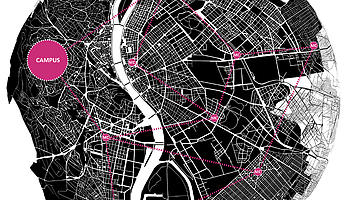
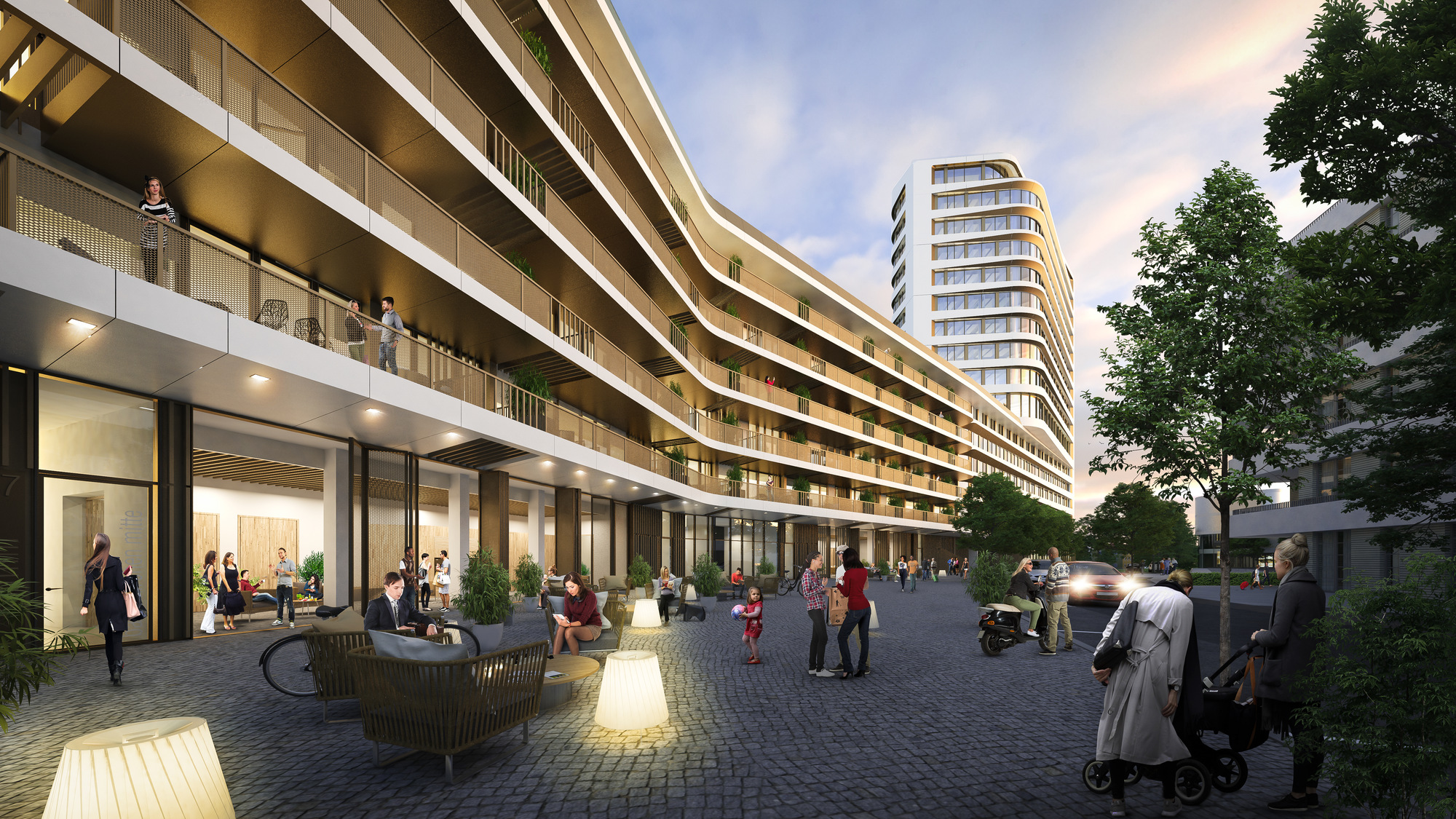
Gamified Innovation Lab
The Work & Campus workfield proposes applying tactics of ‘gamification’ - or using video game components in non-gaming environments - to processes of urban problem-solving in a new space called the ‘Gamified Innovation Lab’.
Well-documented global trends towards urbanisation promise that by 2050, nearly seventy percent of the world’s population will live in cities, marking a huge increase from the current figure of fifty percent. This massive population shift will exacerbate existing urban issues and bring about a spate of new challenges, especially concerning housing, energy and governance. Should prevailing modes of problem-solving fail to ameliorate these issues, new approaches will certainly take their place. UNStudio’s Work & Campus workfield proposes ‘gamifying’ the communicative and creative processes of solving problems in cities.
What is gamification?
The Gamification Research Network describes gamification as ‘the use of video game elements in non-gaming systems to improve user experience (UX) and user engagement’. Gamification methods aim to engage varied groups of people of different backgrounds and capacities to contribute to the innovation process. Johan Huzinga’s theory of play illustrates how this works. In his book 'Homo Ludens', he reveals the ‘play factor’ as a cultural process which effectively creates order.
Indeed, two of the three steps of gamification – as described by Gabe Zichermann and Christopher Cunningham in ‘Gamification by Design’ – are mechanics, which are the functioning components of the game – or the story, the code and the rules, and dynamics, which are the player’s interactions with the mechanics. Games work because their players understand and agree upon their order – how they work. Aesthetics, the third step, drive the ‘fun factor’ – the part of the game which gets players excited and in which they emotionally invest. These three steps, in particular the third, entice people to participate in processes they might not otherwise be interested in. As the next section will show, citizens can become valuable partners of professional scientists and designers through the process of gamification.
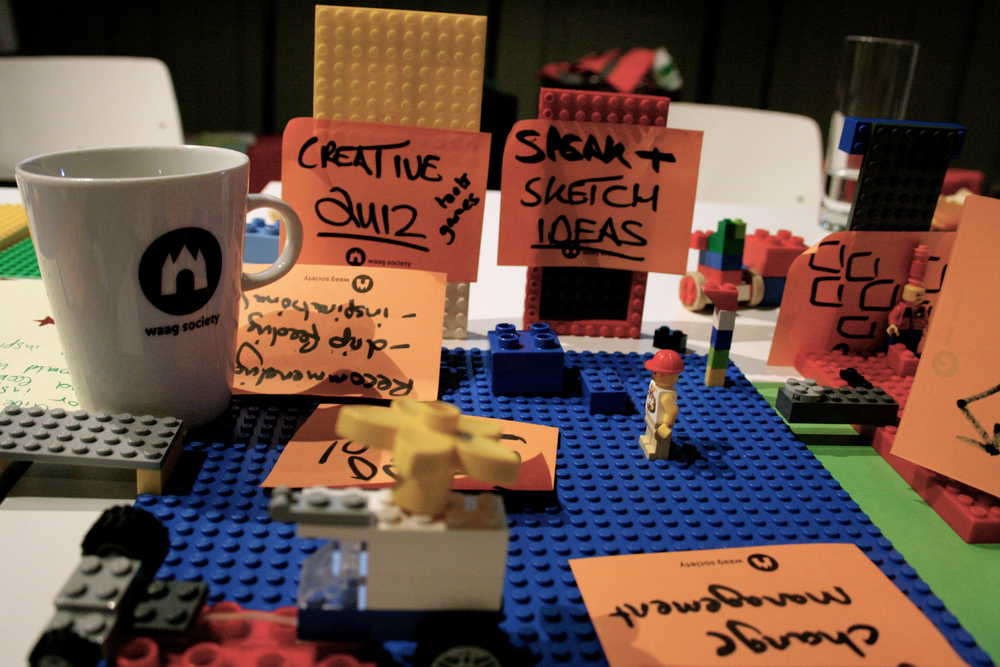
Gamification in practice
Computational biologists, neuroscientists and medical scientists are already engaging citizen-users in their processes of exploration. Eterna invites players to ‘solve puzzles [and] invent medicine’ by designing a biomolecule stable enough to function in a living cell that could identify the presence of tuberculosis. Players in Eyewire, MIT’s ‘Game to Map the Brain’, reconstruct neurons in 3D models using scanned sections of neural tissue in order to map neural networks. Similarly, the University of Washington implores players of Foldit to ‘solve puzzles for science’ by finding new and more efficient methods to fold proteins that current computer technologies cannot.
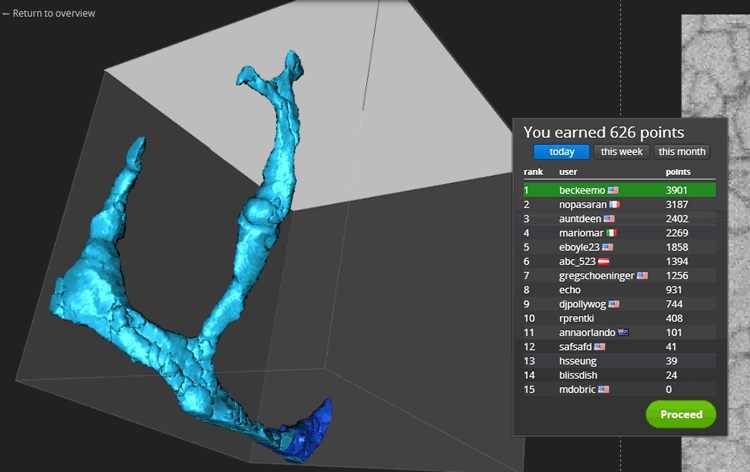
Practitioners of urban design and governance are also initiating new platforms for crowdsourcing and co-creation which invite citizens to take a hands-on role in the development of their communities. In collaboration with the United Nations, the makers of the well-known game Minecraft, have created Block by Block, a game platform for young people in developing countries to create and visualise models, in order to come up with solutions and proposals for their public spaces. In the Amsterdam Smart Citizen Lab, citizens act as data collectors who feed urban metrics to scientists and designers who parse and make sense of changes regarding air and noise pollution, for example.
Most relevant to the proposal this article will make is the Civic Innovation Lab in Los Angeles. Founded by multiple stakeholders, including the City of Los Angeles, the Lab instigates ‘a community engagement process that uses participatory design thinking, social lab methods and open data’ to solve local design issues.
Applying gamification methods to the problem-solving processes for such complex systems as urban infrastructure could produce novel solutions and, at the very least, could democratise city-making. One venue where this could take place is in a Gamified Innovation Lab.
The Gamified Innovation Lab
Within a network of Micro Campuses (see our related post about the Micro Campus), the Gamified Innovation Lab can act as an intensive, collaborative and challenging environment for students, professionals, researchers and interested members of the community. The lab would serve as a common ground where these collaborators engage with each other and - as a designated space for non-hierarchical knowledge - exchange ideas and engage in creative exploration.
Even with the rise of digital communication and digital learning platforms, the physical space of the Gamified Innovation Lab remains a crucial feature. When contributors gather in person, they can socialise and share knowledge in a respectful manner that is often missing from online discussions. This mutual respect forms a solid basis for communication which sparks innovation. Potential outcomes of the collaborations in the lab include the personal as well as the scientific, political and social. Students can gain confidence in their ability to communicate professionally and the public can feel a new sense of belonging in and contributing to their communities.
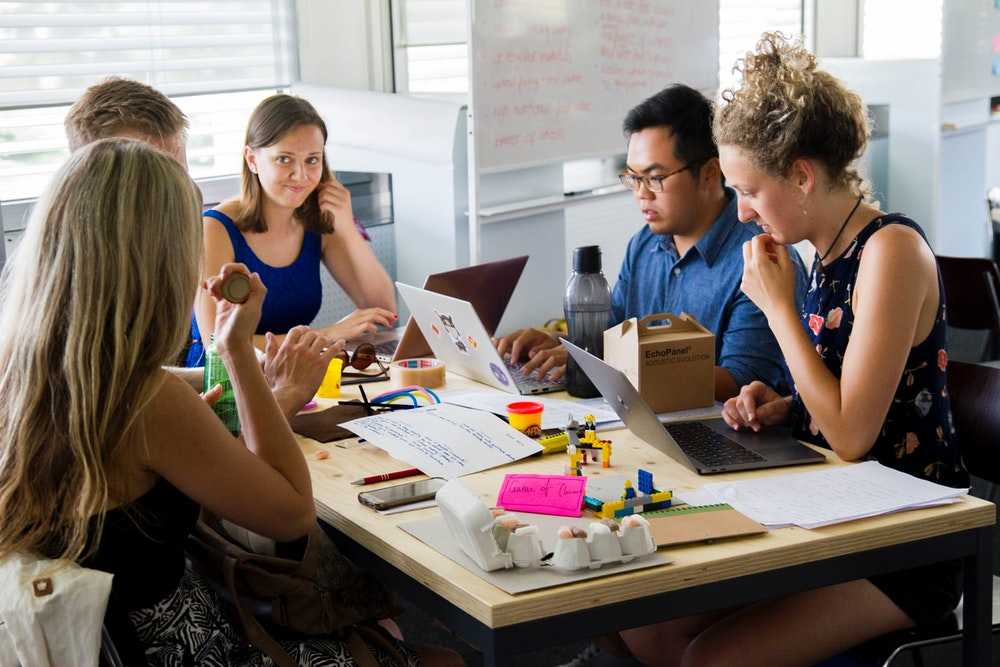
In addition, the physical space will host digital media such as virtual reality and augmented reality tools, which together create potentials for targeted projects. The Gamified Innovation Lab is a space where creative and participatory processes are accelerated through a wide range of digital and analogue activities which complement each other: from sketching and building computational models and physical prototypes, to conducting experiments and organising exhibitions.
Finally, the Gamified Innovation Lab is a space of exploration, where cross-disciplinary teams interact to develop new ideas and solutions. The core aspect of gamification means that professionals and students from disparate domains, can come together with the public at large to produce unprecedented outcomes.
Author: Mircea Mogan
Header image: UNStudio's Baumkirchen Mitte
